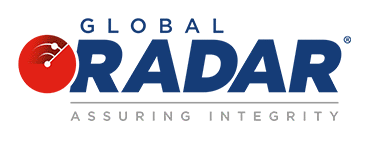Profits from illegal drug and human trafficking are cleaned to appear legal. If left unchecked, money laundering can have serious economic, security, and societal consequences. Drug dealers, terrorists, illicit arms dealers, corrupt government officials, and others need money laundering to continue and expand their unlawful activities.
Although the intricacy and techniques of money laundering schemes vary, there are three crucial phases to successful laundering: placement, layering, and integration. Let’s look at each stage in more detail.
It Starts with Placement
The practice of concealing money’s begins by transferring it to a legitimate source via financial institutions, casinos, financial instruments and other methods is known as placement. Money laundering takes many different forms and this is the most vulnerable stage of money laundering since criminals possess a large sum of money and deposit it in the financial system, drawing the attention of law enforcement agents.
Criminals also stash money offshore, far from the source of illegal income. It pulls the money away from the source and provides some distance between the criminals and the cash – at least on paper – by laundering it abroad. Throughout the process, they maintain control of the funds. The money is then channelled through financial institutions, exchange houses and other businesses. Casinos, independent ATMs, pubs, strip clubs, car washes, mom and pop convenience stores, and other cash-intensive businesses are the most likely targets of this illegal money.
During the placement step, funds might be deposited in a bank, added to an existing business’s accounts, or disguised as a transaction (for example, for products that are never provided). Because thieves who deposit large sums of unaccounted cash are more likely to be apprehended, placement is frequently done in a series of small transactions.
The Layering Stage
This phase is also called the structuring stage. Money laundering is difficult to identify and monitor since the funds are delivered in small transactions. Law enforcement agents will have a torrid time tracing the financial incentives because unlawful actions frequently include international money transfers. Money is now electronically moving around the world and exchanging on foreign exchange markets. Once cash has entered the financial system, criminals frequently change it into monetary instruments without being caught. Another typical strategy used by money launderers to hide their tracks is to buy assets with cash and then sell them. Assets can be resold locally or globally, complicating monitoring and seizure.
The Integration Phase
The integration stge is when money is formally returned to the perpetrators after it has been placed in the financial system, usually by breaking it down into several smaller financial transactions. Criminals can now collect and spend their profits for any purpose after fully integrating their illicit currency into a legal source. A majority of the redemptions are made by purchasing high-value assets such as real estate, jewellery, and other commodities that need a substantial sum of money but are less apparent.
All businesses must comply with anti-money laundering (AML) regulations and any illegal or suspicious activity must be reported to the financial authorities. Regulators in many countries are now increasingly imposing hefty fines on banks and businesses that failed to prevent money laundering.

